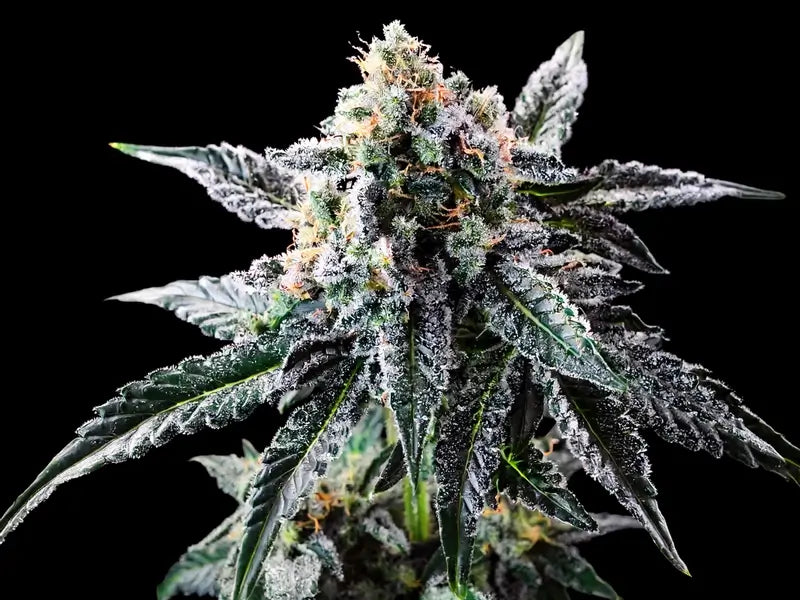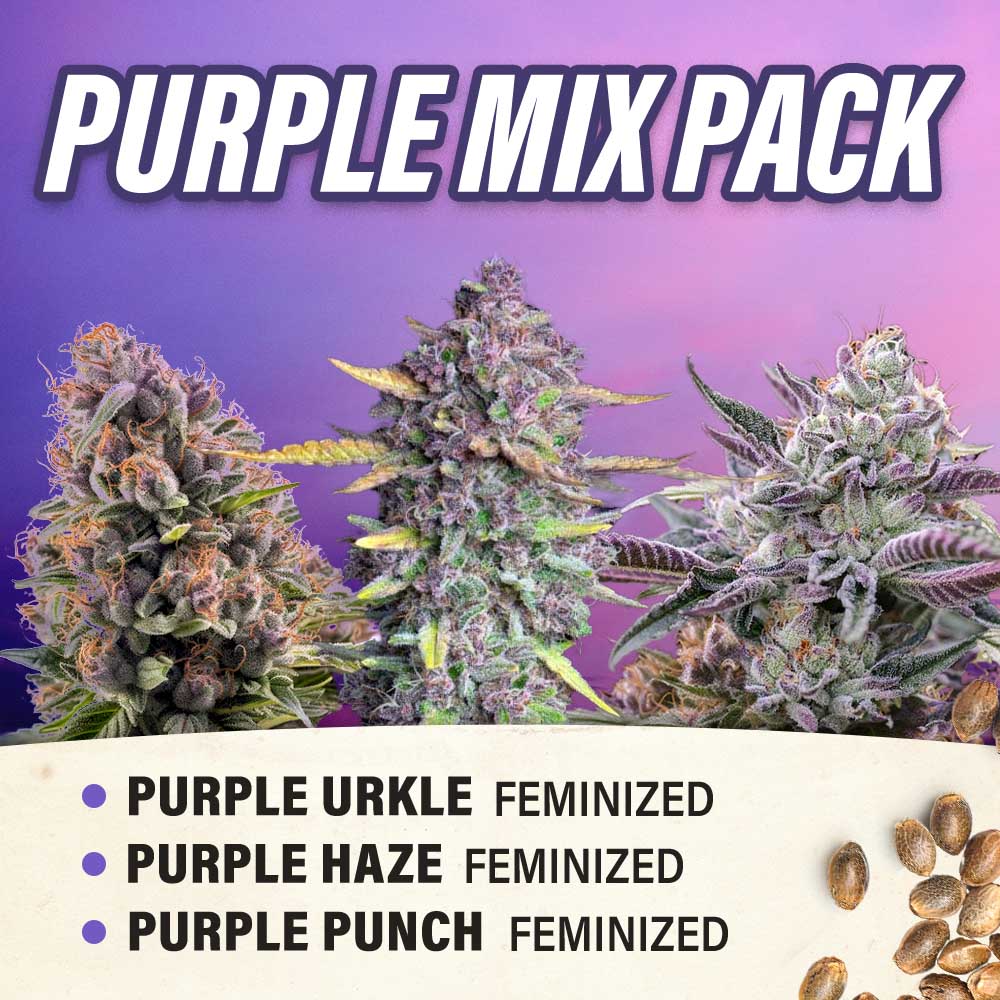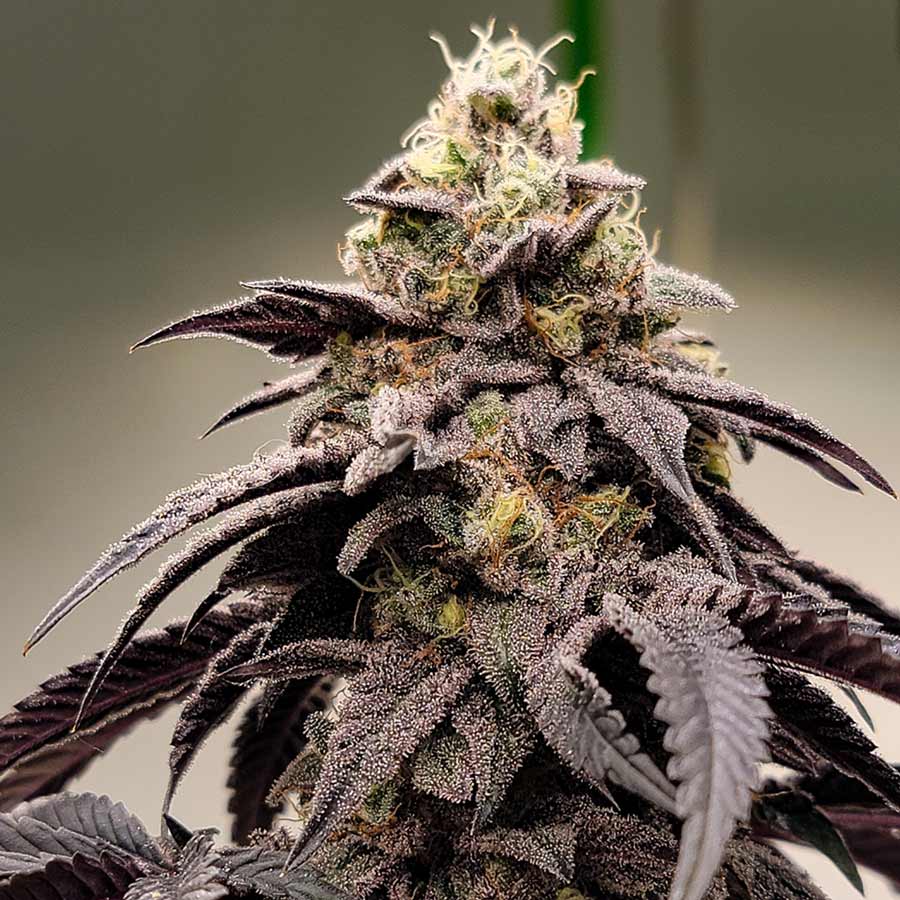How to Make Cannabutter: 6 Easy Steps for DIY Enthusiasts

If you’ve ever wanted to level up your homemade edibles, learning how to make cannabutter is the perfect place to start. It’s simple, cozy, and oddly satisfying—like combining your love for baking with a little kitchen chemistry.
Whether you’re using a crock pot, a double boiler, or a small saucepan, this process turns everyday butter or coconut oil into something truly special.
Key Takeaways
- Cannabutter is butter infused with cannabis, commonly used as a base for homemade edibles
- Decarboxylation (decarbing) is essential to activate cannabinoids before infusion
- Simmer cannabis and butter slowly on low heat to preserve potency and flavor
- Strain the mixture thoroughly to remove plant material and achieve smooth texture
- Store cannabutter in an airtight container in the fridge (2 weeks) or freezer (months)
- Use it in baking, cooking, or spreads—but avoid high heat to prevent THC degradation
What is Cannabutter?
Cannabutter is butter infused with cannabis, used as the base for homemade edibles. It’s made by heating cannabis flower with regular or unsalted butter (or sometimes coconut or olive oil) over low heat for a few hours, allowing the cannabinoids to bind with the fat. The result is a smooth, infused butter that delivers the effects of cannabis when added to food.
Uses of Cannabutter

Cannabutter isn’t just for brownies—it’s your gateway to countless homemade edibles and infused recipes. Once you’ve made a batch, you can easily use it in everyday cooking and baking.
Here are some great ways to use it:
- Baking sweets: Add it to cookies, brownies, or cakes just like regular butter to make delicious, potent treats with smooth, even cannabis effects.
- Cooking meals: Melt some into a small saucepan or over low heat and drizzle it on pasta, mashed potatoes, or vegetables for a comforting, infused meal.
- Making spreads: Blend your infused butter with honey or jam to create a unique toast spread that’s both flavorful and relaxing.
- Savory sauces: Gently mix a spoonful into gravies, sauces, or soups to add a mild, earthy depth and a touch of calm to your dishes.
- Experimenting with oils: Try swapping butter for coconut oil or olive oil in recipes for vegan-friendly homemade edibles with a lighter texture and milder effects.
How to Make Cannabutter
Making cannabutter is easier than it sounds—it just takes a little patience, the right ingredients, and a low and slow approach. Here’s a simple, reliable method that many DIY enthusiasts use to get consistent results every time.
1. Decarb Your Cannabis
Start by decarbing your cannabis flower to activate the cannabinoids. Preheat your oven to around 240°F (115°C). Spread loosely broken up cannabis or ground cannabis on a baking sheet lined with parchment paper. Heat it for about 30 to 40 minutes, stirring occasionally to ensure even heating. This step, often called the basic cannabutter recipe decarb, is essential because heating cannabis at low temperatures helps preserve cannabinoids and maximize potency.
2. Melt the Butter
In a small saucepan, crock pot, or double boiler, melt unsalted butter or regular butter on low heat. You can also use coconut oil, olive oil, or even vegetable oil as an alternative fat source. Remember, butter burns easily, so keep the heat gentle. Add a little water to the pot to prevent the butter from scorching if it gets too hot.
3. Add the Decarbed Cannabis
Once the butter is fully melted, stir in the decarbed weed or loosely broken plant material. For a smoother texture, use a cannabutter cannabis grinder, coffee grinder, or food processor to create a fine powder before mixing. Gently mix the cannabis into the melted butter and keep it at a low heat to avoid too much heat, which can destroy valuable cannabinoids.
4. Simmer Slowly
Let the mixture simmer for two to four hours, stirring occasionally. This slow infusion process allows the fat to absorb all the goodness from the plant matter. Use a slow cooker or stock pot for a hands-free approach—just regulate temperature carefully and avoid a full boil. A low and slow approach is key for the best flavor and effects.
5. Strain the Mixture
Once the infusion is complete, pour the mixture through a fine mesh strainer, cheesecloth container, or slow cooker mesh strainer into a heatproof bowl. This removes leftover plant material and helps prevent a bad plant taste. Let any excess water form at the bottom as it cools.
6. Cool and Store
Refrigerate the strained butter until solid butter forms, typically a few hours or ideally overnight. Once it hardens, drain off any remaining water. Transfer your infused butter into an airtight container and store it in the fridge or freezer.
Tip: Use less cannabis if you prefer milder effects, and remember that potency varies based on your relative potency, high quality weed, and how long you let it simmer. Cannabutter isn’t an exact science, but with a bit of practice, you’ll find the balance that works best for your homemade edibles.
Benefits of Using Cannabutter
Using cannabutter goes beyond just making tasty edibles—it’s about enjoying a smoother, more controlled cannabis experience. Whether you’re new to homemade infusions or already love experimenting in the kitchen, cannabutter offers plenty of benefits.
- Versatile in the kitchen: You can use it in almost any recipe that calls for butter or oil—cookies, sauces, or even toast—making it a simple way to enjoy cannabis without smoking.
- Longer-lasting effects: When consumed, the body processes cannabinoids differently, leading to effects that build slowly and last longer than inhalation methods.
- Customizable potency: You can easily control how strong your batch is by adjusting the ratio of butter to decarbed cannabis or using less cannabis for a low dose.
- Better taste and texture: Properly strained infused butter has a smooth texture and mild flavor, especially when you avoid too much heat and remove excess plant matter.
- Healthier alternatives: If you prefer, you can replace regular butter with coconut oil, olive oil, or even vegetable oil for lighter, dairy-free edibles that still preserve cannabinoids.
Final Thoughts

Making cannabutter is one of those DIY projects that’s as rewarding as it is relaxing. It teaches patience, creativity, and a deeper appreciation for how cannabis can blend seamlessly into everyday cooking. Once you’ve mastered the process, you can start experimenting with new recipes and flavors that suit your own taste and tolerance.
If you’re ready to take your kitchen experiments to the next level, check out our complete guide to homemade edibles and start crafting your own creations with confidence.
Frequently Asked Questions
How long does cannabutter last?
When stored properly in an airtight container, cannabutter can last up to two weeks in the refrigerator and several months in the freezer. To maintain its quality and potency, keep it away from light, heat, and air exposure. Freezing in small portions makes it easy to use later without constantly thawing the entire batch.
Can I use trim or fan leaves instead of cannabis flower?
Yes, you can use trim or fan leaves, but the potency will be much lower compared to using high-quality cannabis flower. Trim still contains cannabinoids, just in smaller amounts. If you’re aiming for milder effects or want to stretch your supply, this can be a great budget-friendly option.
How do I know if my cannabutter is strong enough?
Potency depends on the strain, the amount of cannabis used, and how long you simmer it. Start by testing a small portion—maybe half a teaspoon—and wait at least an hour before deciding to consume more. This helps you gauge its strength without overdoing it.
What should I do if my cannabutter tastes too “green”?
A strong, grassy flavor usually means too much plant matter made it through the straining process. Next time, use a finer mesh strainer or double layer of cheesecloth. You can also clarify the butter afterward by melting it again and letting solids settle before re-straining.
Can I skip the decarbing step?
Skipping decarboxylation will result in butter with little to no psychoactive effects because the cannabinoids haven’t been activated. Decarbing is what transforms THCA into THC, so it’s a must if you want effective edibles.
Is there a way to make cannabutter without an open flame?
Absolutely. You can use a slow cooker, double boiler, or even an oven-safe dish inside a larger water bath. These methods help regulate temperature more consistently, reduce the risk of burning, and make the process safer—especially if you’re working in a small kitchen.
What can I do with leftover plant material after straining?
While most of the cannabinoids are already extracted, the leftover plant material still has trace amounts of potency. You can mix it into smoothies, sprinkle it on toast, or compost it if you prefer to keep things clean and waste-free.
Can I use cannabutter in any recipe that calls for butter?
Yes, but be cautious with temperature. Avoid recipes that require high heat or direct frying, since too much heat can degrade cannabinoids. Stick to baking, spreading, or gently melting your cannabutter into cooked dishes for the best results.



